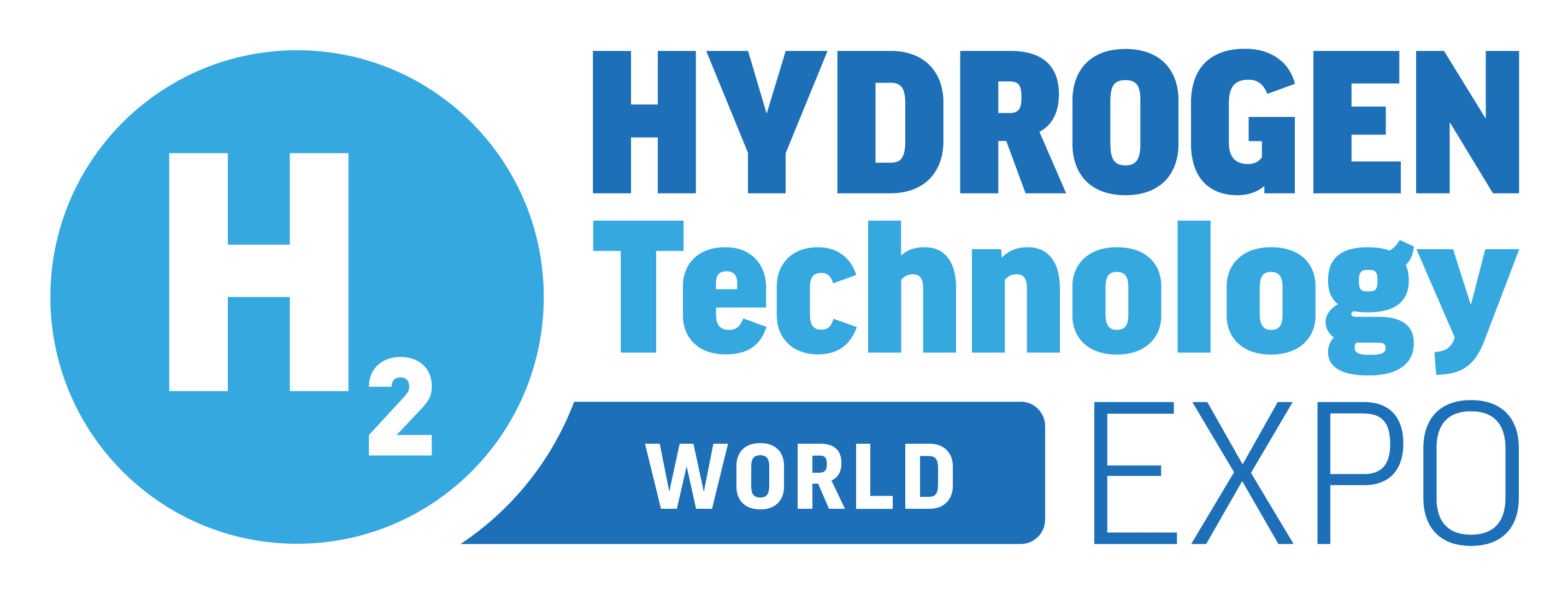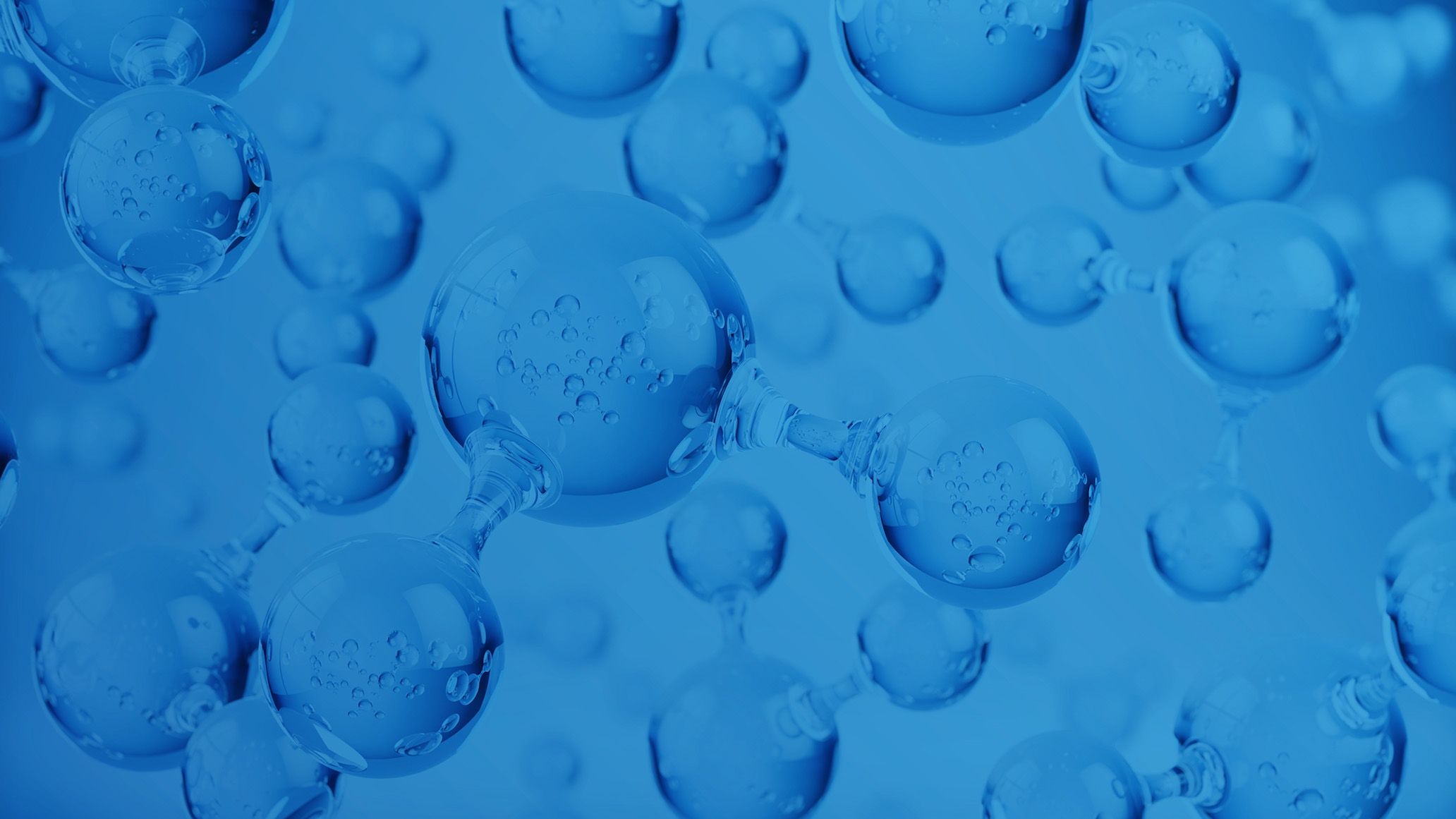PPG Conductive and Corrosion Resistant Coatings
Introduction: Platinum (Pt) and nickel (Ni) coatings are used in various metal finishing applications due to their excellent corrosion resistance and electrical conductivity. In electrochemical systems, electrodes must resist corrosion because they are exposed to harsh conditions, including oxidizing potentials and corrosive electrolytes. For example, in a proton exchange membrane (PEM) stack shown in Figure 1, the metallic components of the porous transport layer (PTL) and bipolar plates (BPP) experience highly oxidizing conditions, resulting in the formation of an insulting oxide layer with significantly lower electrical conductivity, thereby reducing the device’s efficiency. To prevent the formation of insulating materials, PTL and BPP materials are typically composed of titanium. Titanium naturally forms a protective layer of titanium oxide which provides significant chemical and oxidative stability. However, the low electrical conductivity of this oxide layer and its continued growth during operation limits the utility of pure Ti components. Platinum group metal (PGM) plating addresses these shortcomings, as the electrical conductivity of PGMs, in conjunction with their stability towards anodic corrosion is ideal for efficient BPP and PTL operation. For alkaline systems, Ni coatings can be used to achieve similar benefits.





)
)
)
)
)
)
)
)
)
)
)
)
)
)
)
)
)
)
)
)
)
)
)
)
)
)
)
)
)
)
)
)
)
)
)
)
)
)
)
)
)
)
)
)
)
)
)
)
)

)
)
)
)
)
)
)
)
)
)
)
)


)
)
)
)
)
)
)
)
)
)
)
)

)

)
)
)

)
)
)
)
)
)
)
)
)

)
)
)
)

)
)
)
)
)
)
)
)
)
)


)

